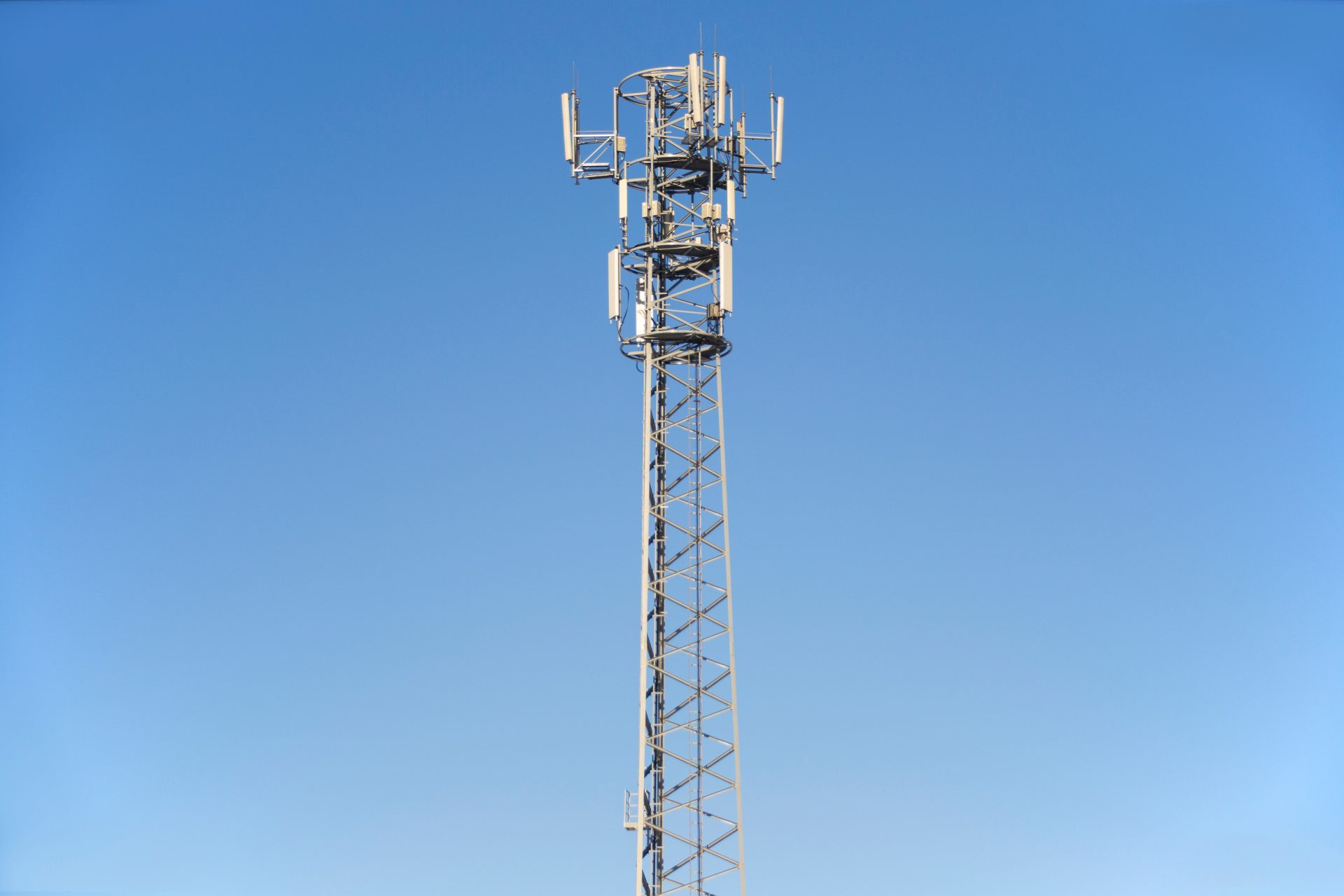If you've ever walked through a town and spotted tiny 5G cell towers on the poles of street lights. They look like small boxes however they're actually sending wireless signals from cell phone providers to your phone.
These smaller towers are replacing the larger, purpose-built cell towers. While they're less noticeable, they still can create issues for users.
A of the FCC's Radiation Exposure Thresholds
The FCC's Radiation Exposure Thresholds determine the maximum amount of time an individual can be exposed to electromagnetic energy generated by wireless devices. The limits for exposure are based upon scientific research which prove that electromagnetic energy can be harmful to human health.
The specific absorption rate (SAR) is a measure of the amount of radiofrequency energy absorption by tissues. It's typically 1.6 watts per kilogram, spread over a Gram of tissue.
Since 5g is able to transmit at higher frequencies, it has the potential to increase the intensity of energy on the skin and other directly-exposed body areas. This can lead to many possible harms, such as an increase in development of skin diseases like dermatitis, cancer of the skin and cataracts.
Because of the potentially severe effects of 5g radiation, PSU has chosen to create a general maximum power density of four MW/cm2 based on the average on 1cm2, but not to exceed 30 minutes for all 5G services at 3000 GHz. This localized limit is in accordance with the highest SAR spatial-average of 1.6 W/kg averaged over 1 g of tissue at 6 GHz.
what is a safe distance from a cell tower for Maximum Exposure
Have you ever used a cell phone, you're probably aware that the safest range from the tower is at least 400 meters. This is due to the power of transmission from a cell tower increases dramatically the further away your location from the tower.
Although this may sound like a good idea but the truth is that people living in close proximity to towers could be more susceptible to health issues. For instance, a study conducted in 2014 in India found that residents who lived within 50m from cell towers suffered significantly more health complaints than those living further away from the antennas.
But, what is a safe distance from a cell tower revealed that those who relocated to areas that were further from the cell towers saw their symptoms return to normal within a few days. Other studies have revealed that exposure to high levels of radiofrequency electromagnetic fields (EMFs) could cause brain tumors, cancer, and other health problems.
This is because RF radiation, which is used in wireless communication can be absorbed by the body's outer layer, called the skin. This is important to understand because the skin acts as a barrier to protect against mechanical injury, infection from pathogenic microorganisms, as well as the entry of harmful substances. The skin is the biggest organ in the human body. It is accountable for keeping the integrity of other organs.
The FCC's Minimum Exposure Thresholds for the Minimum Exposure
The FCC's Minimum Exposition Thresholds are based upon various assumptions that aren't supported by scientific evidence. They include the incorrect belief that exposures to RF radiations are not harmful because of the minimal radiation penetration in the human body (i.e., tissue heating).

The assumption also ignores the more extensive penetration of ELF parts of the modulated RF signal, as well as the consequences of brief bursts of heat caused by RF pulses. These theories are not compatible with the current understanding of biological effects of RF radiation. As safe distance to live from cell phone tower , they should not be relied upon for health-protection exposure standards.
In addition there is the fact that both ICNIRP and FCC restrict its maximum levels of radiation exposure for local peak SARs, based on the peak speed of spatial absorption (psSAR), which can be described as not a reliable dosimetric instrument to assess the amount of exposure to radiofrequency radiation. Particularly, psSAR is inaccurate for frequencies that exceed 6 GHz. In addition, psSAR is not been tested for RF radiation exposed to other environmental agents , such like sunlight. The interactions of RF radiations with different environmental agents may cause synergistic or antagonistic effects. This can lead to an increased risk of adverse health effects. For example, co-exposure to RF radiation with sunlight may cause an increase in the incidence of developing skin cancer, and may also exacerbate other skin conditions like acne.
